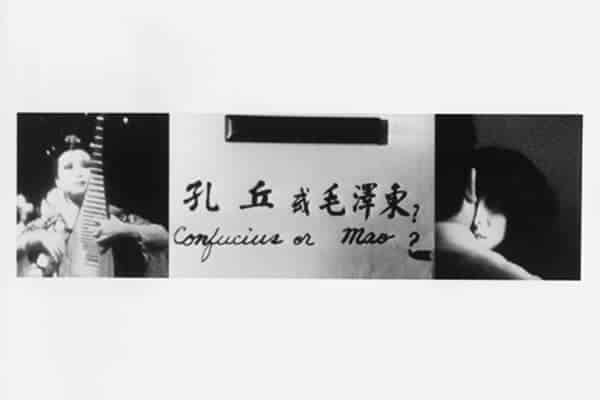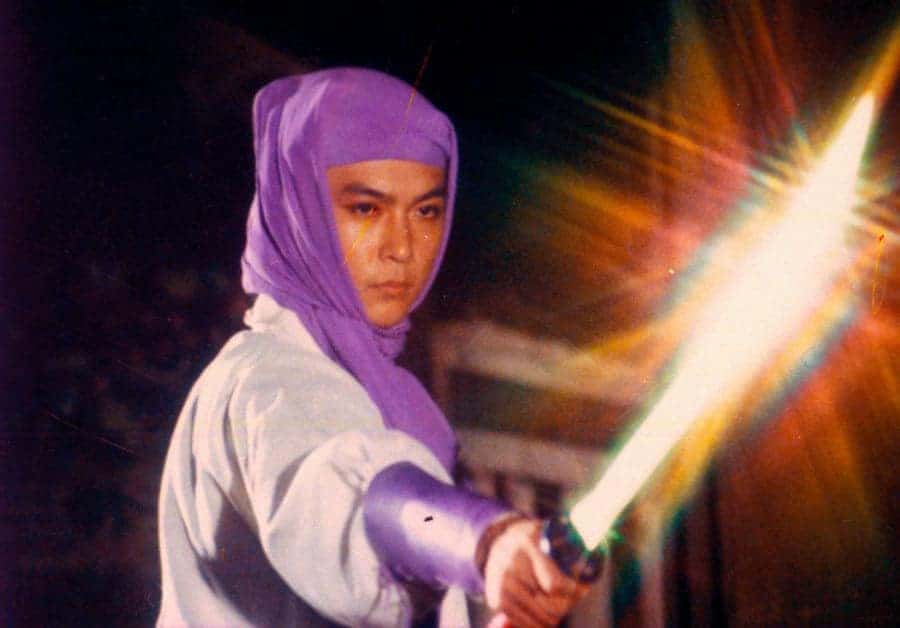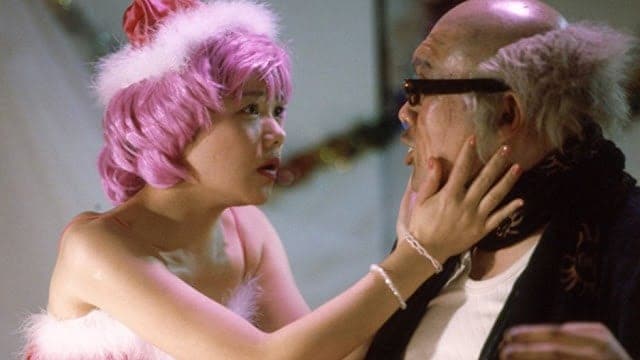Tuan-Chiu Lin's “Six Suspects” from 1965 is one of the taiupian pictures restored recently by the Taiwan Film Institute. The term refers to commercial movies produced in Taiwan between 1955–1981 and is used to distinguish these Taiwanese-language films from the Mandarin cinema from Taiwan or Hokkien cinema from other South-Eastern Asian countries. It is estimated that up to the 70s, over 1000 Taiwanese-language features came to life. Budgets were modest, relying on private investments, production companies often didn't last for long, and no archive was established to preserve created works. As a result, only about 200 titles survived.
Six Suspects is screening at Taiwan Film Festival Edinburgh

As we read in Gene-Fon Liao's article:
It was the major film production trend of its time, with annual production exceeding 100 titles in the early 1960s. These films not only disappeared from public screenings but were also scrubbed from the past. (…) it was not until the late 1980s that taiyupian reentered the field of Taiwanese film history, when the then Chinese Taipei Film Archive (CTFA) started a search-and-rescue campaign scouring for prints in theater junkyards, production house basements, and the private collections of distributors and filmmakers.
Such a great opportunity to watch those surviving pictures in festival line-ups.
“Six suspects'” director had a film experience before entering the blooming business as he studied in Japan, where he worked in Toho studios. After coming back to the country, he joined the theatre, Taiwan New Drama Movement, where he implemented the ideas of social reforms through artistic creations, but his relationship with the stage was abruptly ended in 1947 due to political tensions. The emerging film business brought him back to the arts. He established two studios of his own, which produced “Six Suspects”.
Lin not only directed but also scripted this detective thriller, based on a Japanese film. Interestingly, he wasn't satisfied with his work, and as a result, the movie didn't get a theatrical release. It is tough to understand this dissatisfaction, as “Six Suspects” may appeal to the audience even today. While following the genre rules, it enriches them with an alluring and suggestive vision of the city and expressionist visuals. This setting was not so common, as movies of the era tended to tell stories from rural areas and focused on family matters. On this occasion, the director gives a glimpse into a metro life and modern Taipei society of the 60s, patriarchal, but forming new rules and codes of behavior. As usually in film noir, the city is a labyrinth of various temptations, where decent people are tricked and trapped, and un-decent easily find their prays. Adultery, bribes, shady past, deceptions happen on regular basis.
The script is neat and woven around one character. Kong-Hui Tenn (wonderfully slippery Wu Dongru) is a private detective, who discovers the dirty secrets of other people to blackmail them. After a bad break up, he starts collecting evidence against his former girlfriend Tai Giok (Zhang Qingqing), a secretary to a steel company's chairman. Following the bread crumbs, Tenn finds some ugly truths about the people associated with her. So when one day he is found dead in his apartment, police looking for those not wishing the detective well is spoiled for choice…
“Six suspects” play the genre cards well, with all the necessary plot twists, different angles of one situation, emerging secrets, and lies. We also get a treacherous femme fatale, crooked night clubs full of heavy smokers, and unbending detectives doing their job. The jazz music, well-prepared interiors and expressionist use of lighting add depth to the flavor. The director often switches the points of view and uses flashbacks well (marking them with blurry-bordered frames). There are also some impressive sequences like a slightly surreal one with a vamp dancing seductively in a club to hypnotic music or a scene when a soon-to-be-dead detective invites a guest inside. We see him from the guest's perspective, and it's obvious, that it is a perspective of a mysterious murderer, so we can try to guess some tips as to the perpetrator's identity.
It is an interesting work of a talented director, with distinctive characters (which was not easy to achieve, as there are plenty of them) and a vibrant metropolitan background becoming a separate protagonist. In the end, there's a moral lesson for viewers: crime doesn't pay and justice will come, sooner or later.














